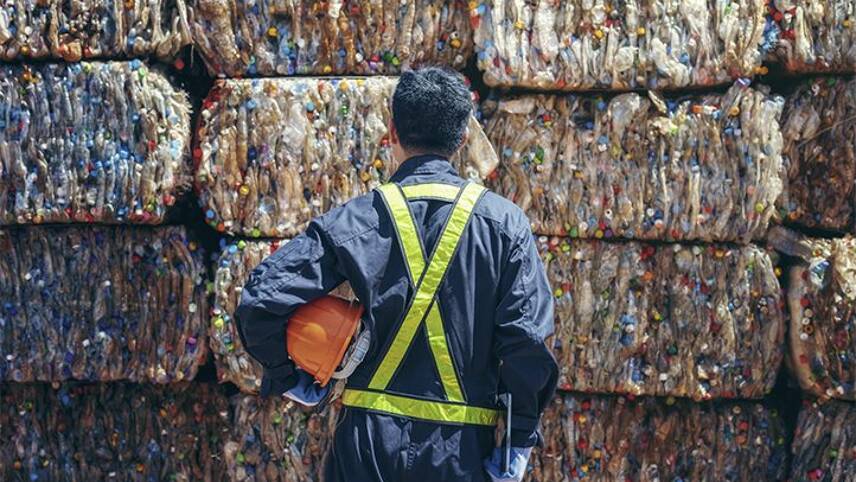Register for free and continue reading
Join our growing army of changemakers and get unlimited access to our premium content

Reuse and recycling rates for all materials
That is a headline finding from Circle Economy’s latest report, published today (19 January). The not-for-profit organisation publishes a report on the global state of circular economy progress every year to coincide with the World Economic Forum (WEF) meeting in Davos, which has this year been postponed from January to summer in light of the pandemic.
The report provides an update on global resource use, revealing that 101.4 billion tonnes of virgin materials were used in 2021, up from 100 billion in 2019. Despite this increase in consumption, there has been no improvement in the rate of reuse and recycling, which has stagnated at around 8.6%.
As with last year’s edition of the report, Circle Economy is drawing attention to the ways in which resource consumption is connected to the climate crisis. This year’s edition of the report states that 70% of the world’s emissions are linked to the extraction, manufacture and use of products.
According to the report, the world will need to cap virgin raw material use to stop it spiralling to 170-184 billion tonnes per year by 2050 – which is the current trajectory, and is incompatible with limiting the global temperature increase to 1.5C. It will also need to at least double the portion of resources that re-enter the circular economy each year by 2030 to achieve this temperature pathway.
Circle Economy has set out a string of more than 20 solutions that, if implemented globally and combined with existing climate commitments, could put the world on track to 1.5C.
All solutions are based on a hierarchy of using less resources, using materials for longer, regenerating nature and, finally, recycling. Collectively, they represent annual global emissions reductions potential of some 22.8 billion tonnes. The report warns that, to date, many businesses and nations have taken a recycling-first approach.
The report states: “Transitioning to a fully circular economy within a generation will require urgent and large-scale actions from all parts of society. National and local governments will need to provide direction and enabling conditions, consumers will need to make choices that encourage circularity, and businesses will need to redesign their processes from the ground up.”
“Our insatiable demand for resources and our throwaway economy is threatening the planet’s future and driving us down the road to climate breakdown,” said Circle Economy’s chief executive Martijn Lopes Cardozo.
“Leaders from government, business and civil society must put circular solutions on the global agenda and ensure they feature strongly when countries update their national climate pledges ahead of COP27 in Egypt.”
The Glasgow Climate Pact, ratified at COP26 last November, commits UN member states to assessing and updating their Nationally Determined Contributions (NDCs) to the Paris Agreement ahead of COP27 in November this year. At present, NCDs combined with the Pact will, if delivered in full, put the world on course for a 1.8C-2.4C trajectory. There is no requirement from the UN, at present, for NDCs to set specific percentage targets on natural resource use.
Sarah George


Please login or Register to leave a comment.